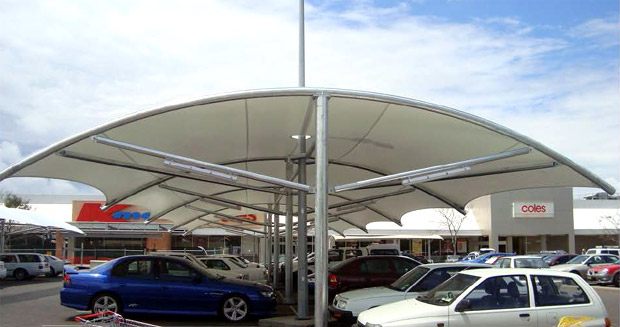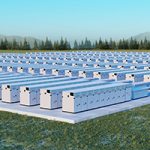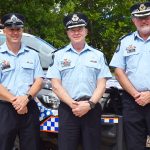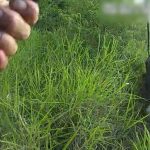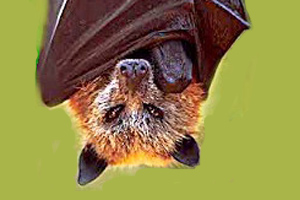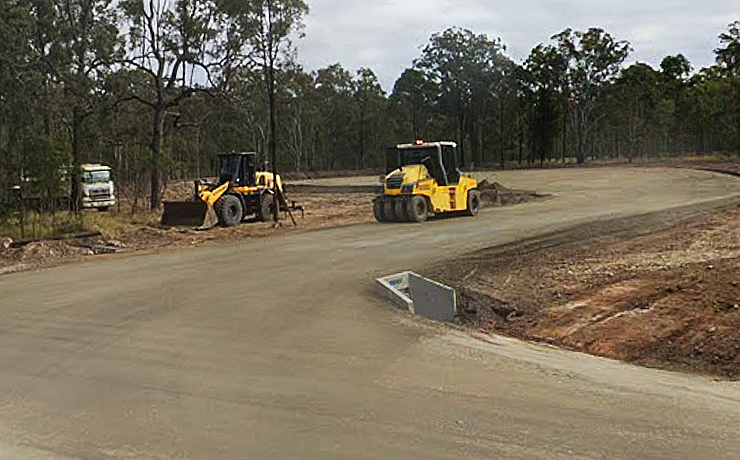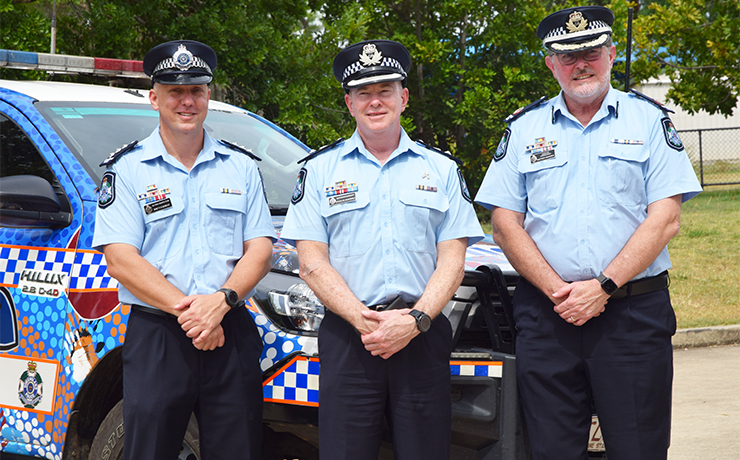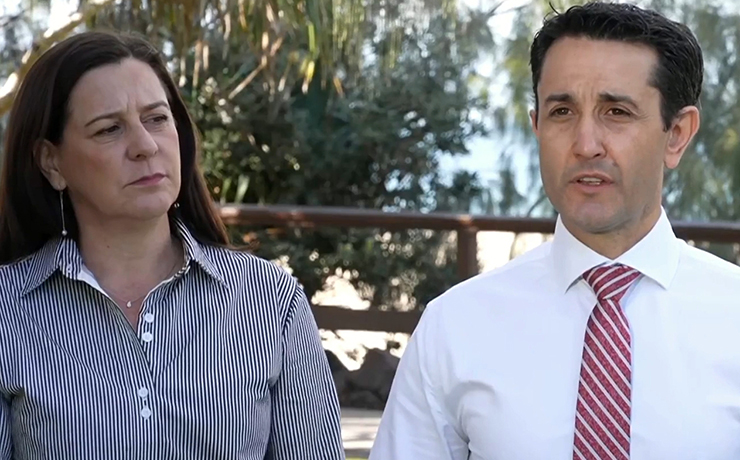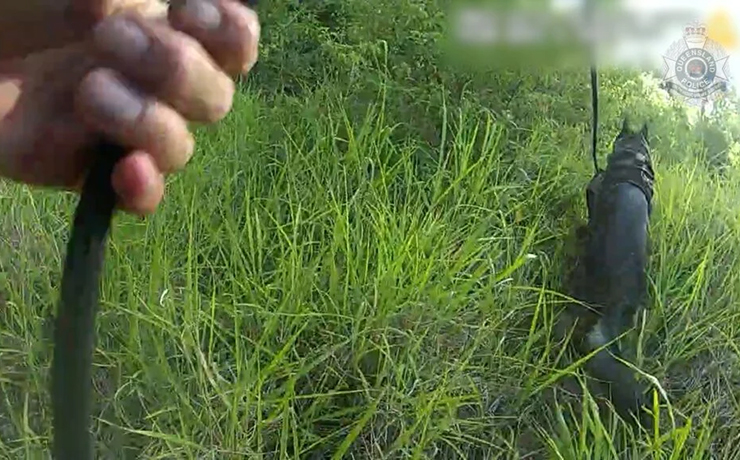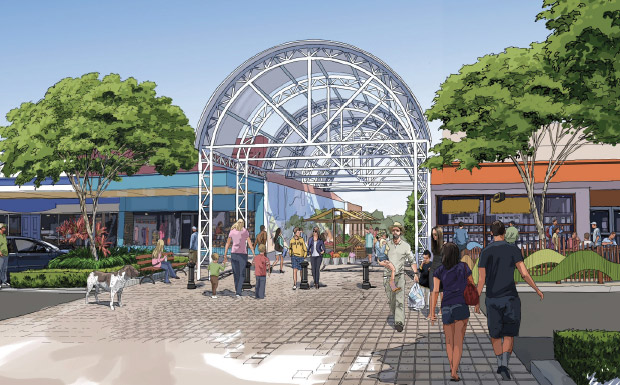
August 30, 2013
Nanango’s CBD will undergo a major transformation over the next 12 months as the South Burnett Regional Council invests almost $1.4 million into an ambitious streetscaping project.
The centre and parallel parking areas will be removed from Drayton Street and replaced with space-efficient, angled parking bays separated by trees.
And to complement the traffic lights which will be installed by Main Roads at the corner of Drayton Street and Henry Street, traffic through the town centre will be slowed to create a safer, more “pedestrian friendly” CBD that will encourage tourists to stop and browse.
The Scott Car Park in Henry Street – next door to the South Burnett Energy Centre – will almost double in size and feature 65 shade-covered parking spaces as well as between six to eight short-term parking bays for Recreational Vehicles and larger caravans.
The camphor laurel trees in Henry Street have been earmarked for removal to be replaced with an avenue of deciduous trees planted to form a striking southern entrance to the town that will change colour with the seasons.
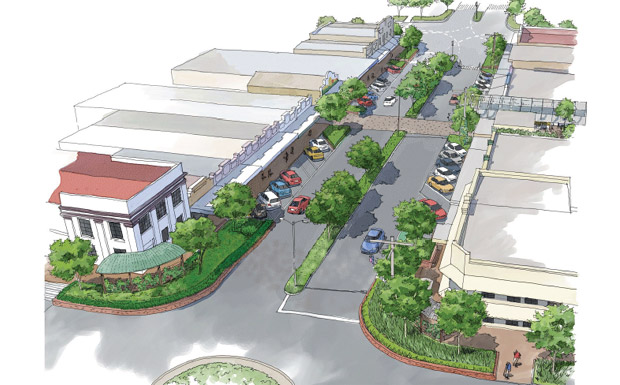
The first draft of the Council’s plans for a new-look Nanango were unveiled at a meeting of the Nanango Tourism and Development Association on Thursday night by South Burnett Mayor Wayne Kratzmann.
The Mayor said council had originally set aside $1 million in this year’s Budget for the project but had been fortunate enough to secure additional State Government funding.
This meant total investment in the project would be closer to $1.4 million but it also meant Council was committed to seeing the project completed within the current financial year to meet State Government deadlines.
Mayor Kratzmann congratulated Cr Barry Green for his dogged determination over many years to see Nanango’s CBD upgraded but also warned the plans were still at an early stage and some decisions might prove “contentious”.
However, he said Council had already undertaken extensive consultations with affected property owners and intended to consult the Nanango community as widely as possible to ensure the result was something most people wanted.
Council was looking to effect an “instant change” in the city centre by installing mature trees and shrubbery rather than planting seedlings and waiting many years for them to grow to full size.
“None of us are getting any younger,” Mayor Kratzmann said.
“I’m sure many of us would like to see real change now not five years or 10 years from now.”
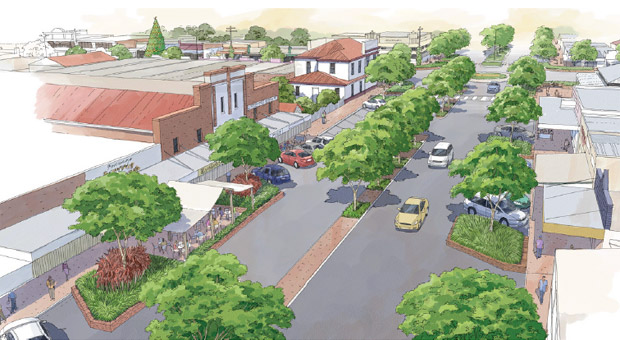
Council’s Natural Resources and Parks manager Greg Griffiths, who produced the designs to show how the finished project might look, gave a “walk through” of the plans and explained various options the council were considering for some aspects of the final design.
These included the types of trees that might be suitable for the entrance avenue along Henry Street; different ways the town’s historic laneways could be used or visually highlighted; the two different planting styles that could be used to separate angled car parking bays along the main streets; and the different ways street spaces could be used to create areas where pedestrians could congregate and socialise.
Mr Griffiths said the streetscaping effort would focus on four parts of the CBD:
- Henry Street
- Scott Street
- Drayton Street, and
- Fitzroy Street
Of these, he expected work on Henry and Scott Streets could be completed the quickest, possibly in as little as four months, weather permitting.
Fitzroy Street would be “softened up” with the introduction of angled parking bays, intermingled trees and stone-edged garden beds.
But the bulk of the streetscaping would occur in Drayton Street and would be designed to capitalise on the CBD’s major assets.
These included its murals and sculptures; its history and architecture; the town’s laneways and existing landscape elements.
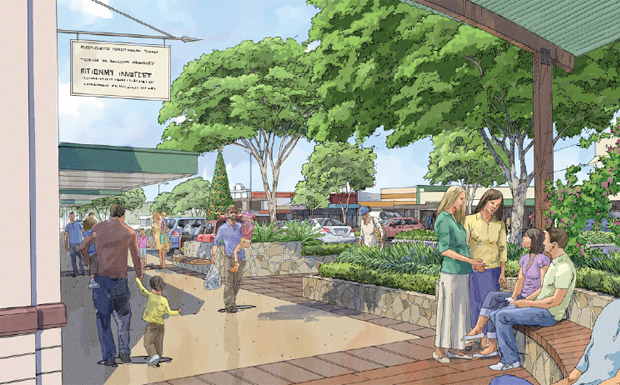
After the presentation the meeting was thrown open for comments and feedback, and a number of suggestions were made.
These included making more spaces available for larger caravans; adding a water feature to the design; creating a “meeting place” for senior citizens in the town centre; and using deciduous trees rather than evergreens in the city heart to allow more sunlight into the city centre in winter.
Mr Griffiths said these were all good suggestions and he’d take these ideas on board, as well as any others that came out of future public consultations, as the project progressed.
The group also sought assurances that rumours the council was thinking about introducing compulsory rear-end parking similar to Kilcoy were unfounded.
Mayor Kratzmann said he had heard those rumours, too, but was happy to confirm they were untrue.
NaTDA president Gloria Kirkness thanked the Mayor and Mr Griffiths for their presentation and said the group looked forward to seeing more about the project in the months ahead.
